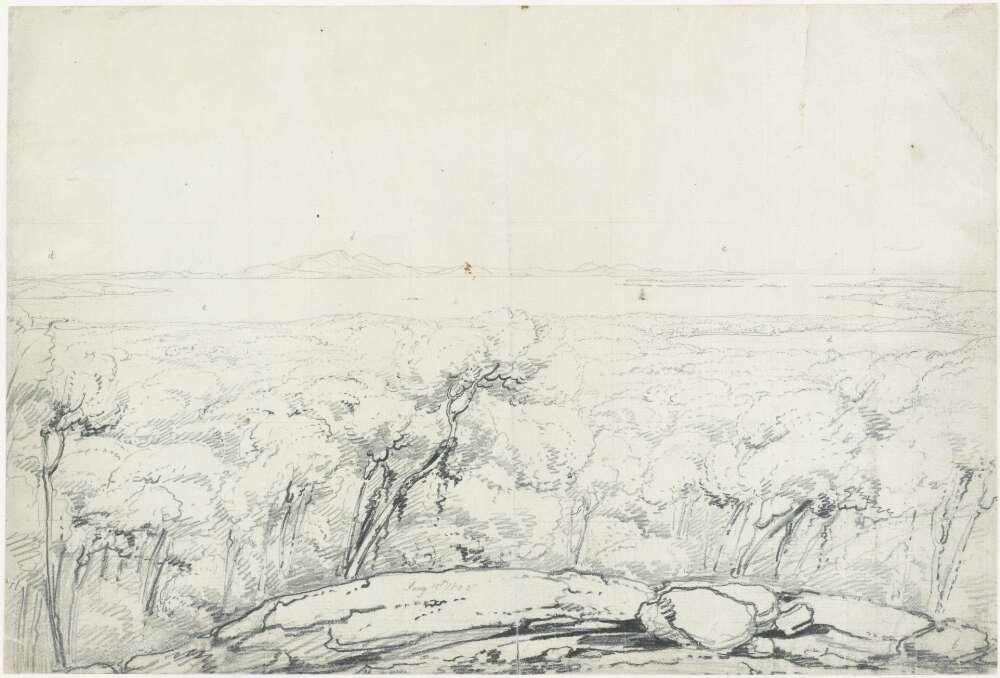
Survival in a Desperate Situation
The Broken Jug
You have to wonder at the survival skills, teamwork and leadership shown by those who survived shipwreck on the WA coast, although simple good luck was a factor too. Each shipwreck, from Tryall in 1622 to Zeewick in 1727, occurred in differing circumstances but one thing they all had in common was the fact that the survivors found themselves in desolate places which were unlike anything they had seen or experienced before. The jug displayed in this cabinet, artefact no. 10, is an indicator of how desperate Zeewick’s survivors were to find water. While the vessel was wrecked on what is now known as Gun Island, in the Pelsaert Group, this jug was found on Middle Island, eight kilometres to the southeast in the same group. Clearly, after their vessel was wrecked, the survivors set out to find supplies of water beyond that found on Gun Island. Someone had been looking for surface water on Middle Island and, probably, dropped the jug they were carrying, which promptly smashed. The remains lay there until the archaeological surveys carried out by the WA Museum in the 1970s. The pieces at the site were gathered and re-assembled but, tantalizingly, some shards remain missing. You have to hope that the person who lost the jug was not severely, punished, but managed to reach Batavia in the vessel survivors built themselves utilising materials from the wreck and local mangrove timber. They named their craft Sloepie, the first European boat built in Australia.

Middle Island, where Zeewijk material was found. Pencil drawing by William Westall, 1802.
Credit: National Library of Australia, 2096091

The Broken Jug
Credit: WA Museum